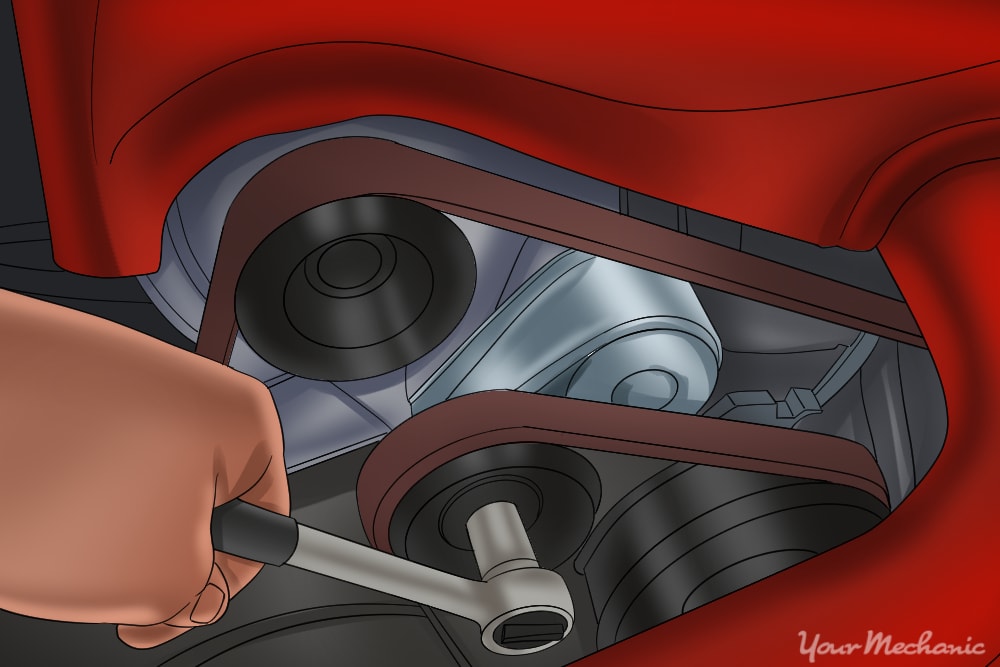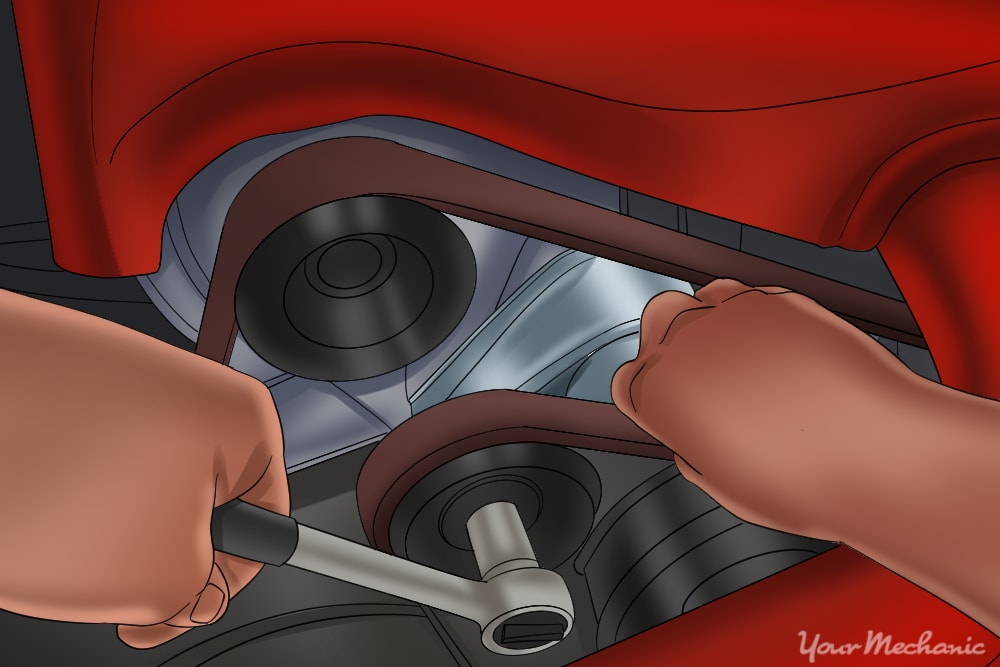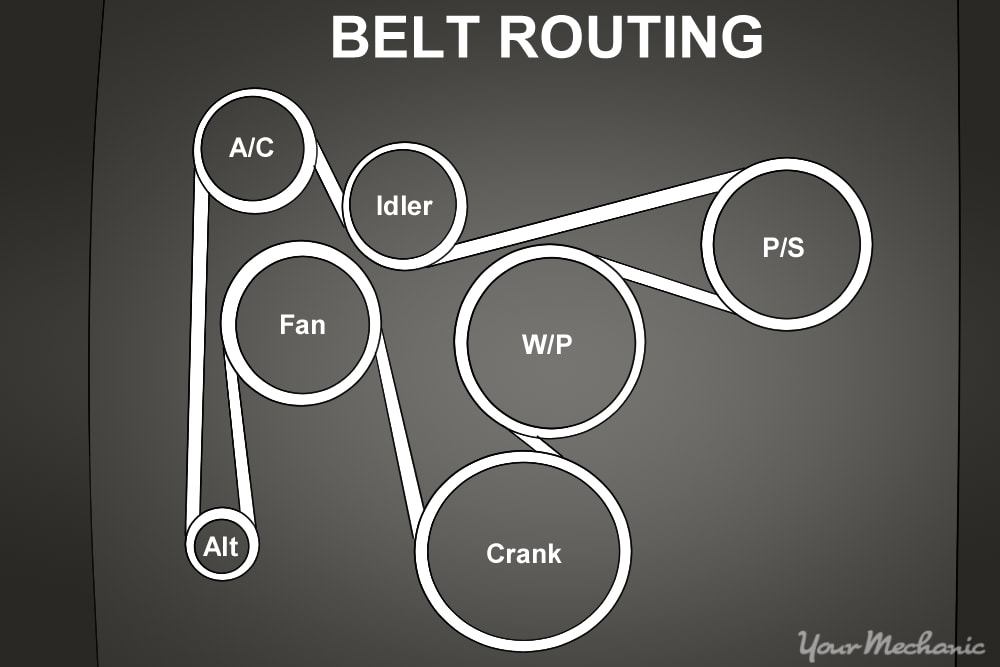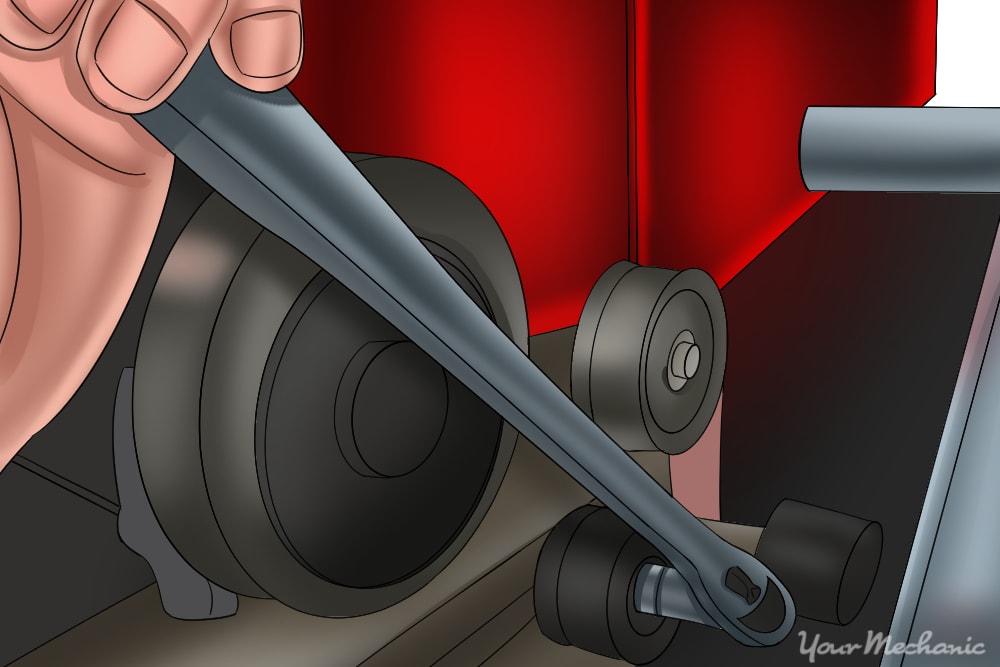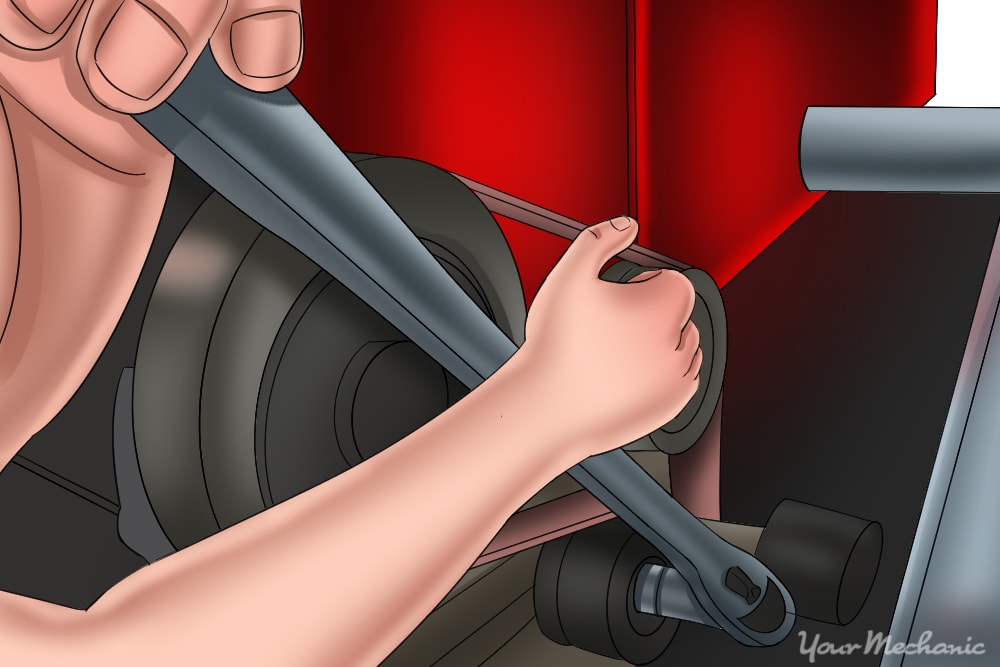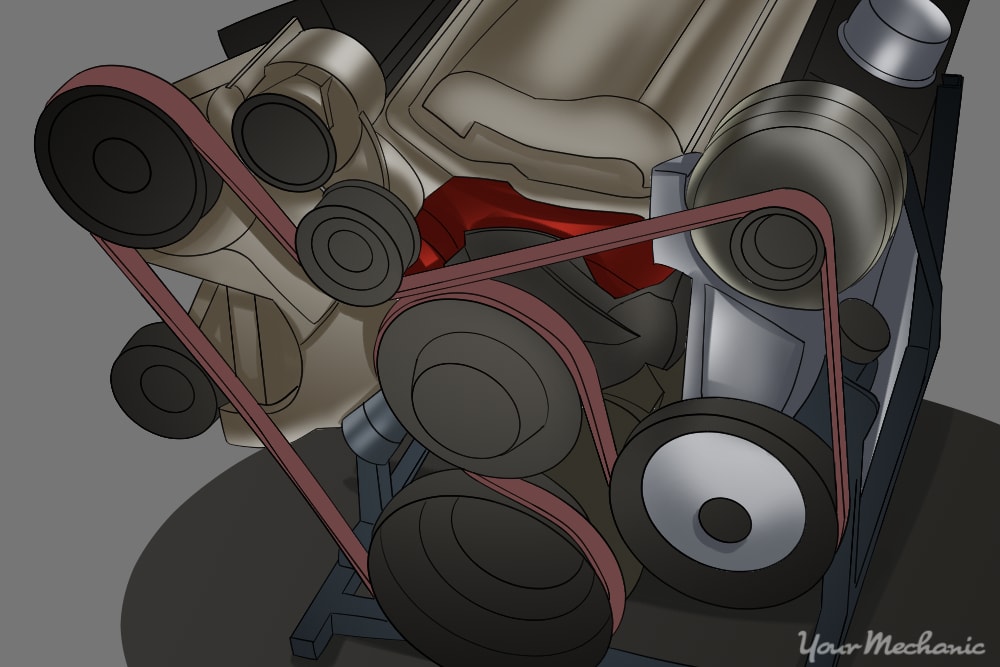

Replacing a serpentine belt poses challenges due to the complexity involved, particularly in the removal of the tensioner and the precise routing required for the new belt installation. The intricacies of this task demand attention to detail as an incorrect installation could result in severe consequences. Mistakes might lead to damaging the vehicle's electrical system, potential engine overheating, and, in the worst scenario, complete vehicle breakdown, leaving individuals stranded on the roadside. Given the critical importance of correctly fitting and routing the belt, seeking professional assistance is highly recommended for most individuals. Understanding that the serpentine belt connects and is propelled by the engine crankshaft pulley, its role encompasses driving various front-mounted engine accessories such as the power steering pump, alternator, water pump, and, if equipped, the smog pump.
What is a Serpentine Belt?
The serpentine belt is connected to and moved by the engine crankshaft pulley. In turn, the belt drives all of the front-mounted engine accessories including the power steering pump, alternator, water pump and smog pump if equipped.
Over time, serpentine belts that are wearing out will become cracked and brittle, indicating it is time for replacement. Serpentine belts are extremely important because if they break, the engine will eventually stop running and you will lose power steering. In addition, a broken belt can cause engine damage if the water pump is belt driven and the engine is allowed to overheat.
Routing of a Serpentine Belt
The correct routing of a serpentine belt is vital for optimal engine function, dictating its path around essential components like the alternator, water pump, and power steering pump. Following diagrams or guides available in the owner's manual or under the hood is key, ensuring the belt fits snugly around each pulley without excessive slack, preventing slippage or premature wear. Regular inspection for signs of damage or wear, along with proper tension and alignment, is crucial. Automatic tensioners, present in some vehicles, help maintain tension; if issues arise, seeking guidance from a mechanic or referring to the vehicle's service manual is advisable. Overall, the serpentine belt's correct routing and maintenance are paramount for powering critical vehicle components and ensuring reliable engine performance.
Part 1 of 2: Remove the Serpentine Belt
Suggested Materials Needed
- New serpentine belt
- Free repair manuals - Autozone provides free online repair manuals for certain makes and models
- Protective gloves
- Ratchet
- Repair manuals (optional)
- Safety glasses
- Serpentine belt tool (optional)
Step 1: Locate the Serpentine Belt Routing Diagram
Locate the serpentine belt routing diagram before removing the belt. This diagram will ensure that you know how to reinstall the belt. Most of the time, the diagram is mounted somewhere in the engine compartment. If not, you’ll need to consult the factory repair information or take a picture of the belt routing prior to removal.
Step 2: Move the Tensioner
To loosen a serpentine belt tension, the process typically involves moving the tensioner away from the belt. However, the exact method can vary depending on the vehicle's design
Here's a general guideline:
Identify the Tensioner
- The serpentine belt tensioner is a pulley mounted on a spring-loaded arm or a screw-type mechanism that keeps the belt tight.
Determine the Type of Tensioner
Spring-Loaded: Most modern vehicles have an automatic, spring-loaded tensioner. This type requires a tool (like a ratchet or a special tensioner tool) to rotate the tensioner arm, relieving the tension on the belt.
Screw-Type or Manual Tensioner: Some older or specific models might have a manual tensioner, which is adjusted by loosening a bolt and manually moving the tensioner.
Loosening the Tension
Spring-Loaded Tensioner: Attach the tool to the tensioner's bolt head or square drive slot. Rotate the tensioner arm in the direction that relieves tension on the belt (this is usually away from the belt). This movement will create enough slack in the belt to remove it.
Screw-Type Tensioner: Loosen the locking bolt and then turn the adjusting bolt to move the tensioner, thereby loosening the belt.
Safety and Precautions
Engine Off: Always ensure the engine is off and the keys are removed from the ignition before attempting any work on the serpentine belt.
Direction of Movement: The direction to move the tensioner can vary. Most tensioners move clockwise, but some may require counterclockwise movement. Consult your vehicle's manual for specifics.
Avoid Over-Loosening: Be careful not to loosen the tensioner more than necessary, as over-loosening can lead to misalignment or damage.
Step 3: Remove the Belt
While still holding the tensioner away from the belt, slide the belt off the pulleys.
Part 2 of 2: How to Install the New Serpentine Belt
Step 4: Determine how to Route the Belt
Look at the belt routing diagram or the picture you took to determine how to install the new belt.
Step 5: Move the Tensioner
Use a ratchet or serpentine belt tool to push on the tensioner and move it away from the belt, so the new belt can be installed on the pulleys.
Step 6: Install the New Belt
Position the new belt on the pulleys. Once the belt is in place, let go of the tensioner. Double check the belt installation against the routing diagram or the picture you took to ensure it is routed properly.
Note that serpentine belt replacements can be tricky depending on what kind of car you have. This is a job you should leave to a pro. YourMechanic offers expert serpentine belt replacement at a time and place of your choice.




